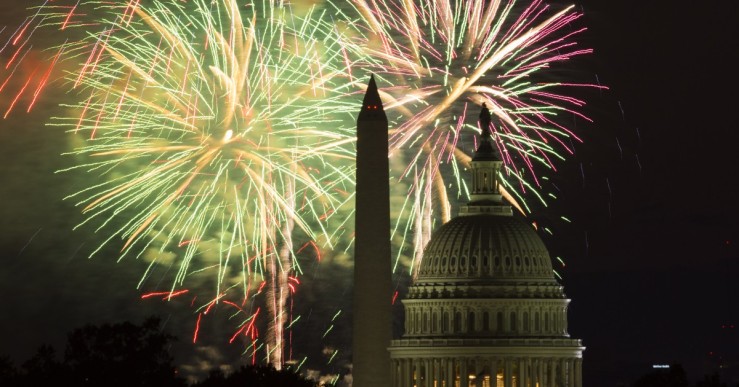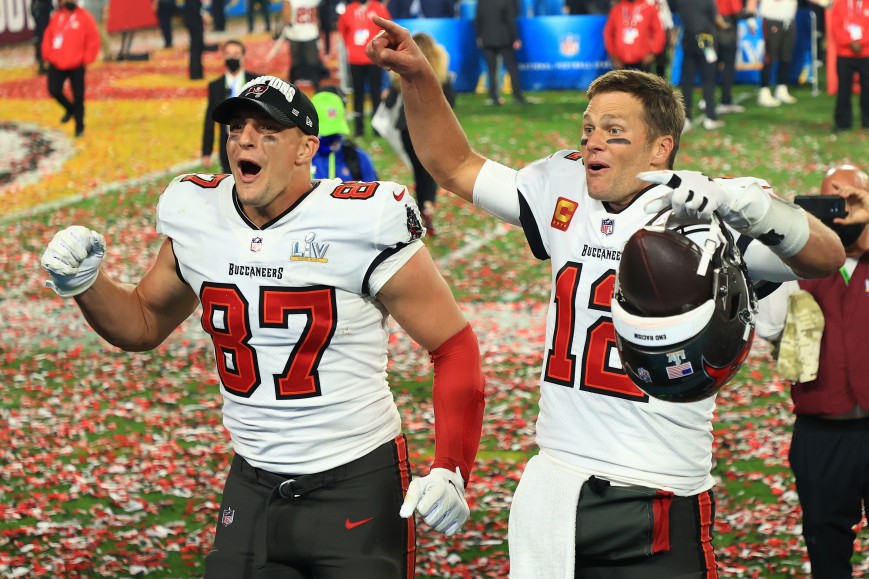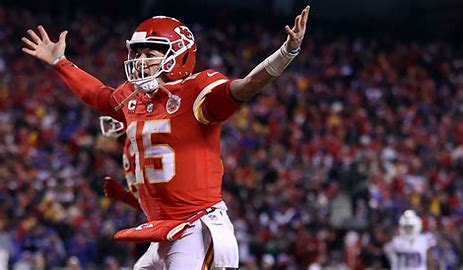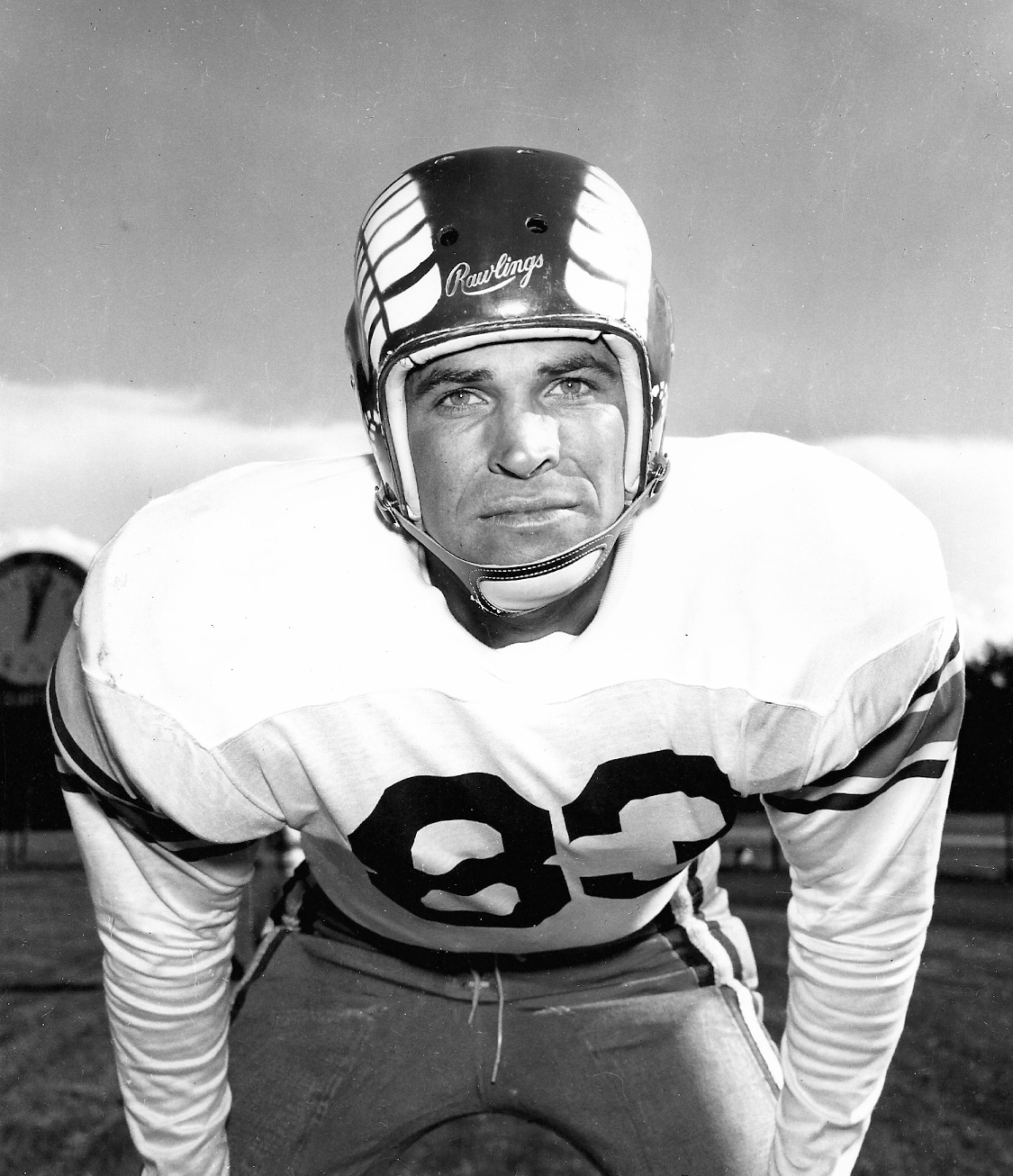The good news, of course, is that doctor’s have removed Buffalo Bill safety Damar Hamlin‘s breathing tube, he has communicated with his teammates via FaceTime, and though he has a long road to full recovery, he seems to be out of existential danger after suffering a cardiac arrest Monday night in Cincinnati in an important NFL game between his Buffalo Bills and the Cincinnati Bengals.
Since that frightening episode, there has been an outpouring of support and prayers for the 24-year-old football player. His Buffalo charity that delivers toys to children has seen donations soar to over $7 million with over 224,000 contributors.

But within the compassionate response, my natural cynicism also senses an underling, but unspoken, guilt about for how addicted to American football we are, including to the car-crash quality of the hits on display, and the injuries that come from them.
The irony is that the hit that seems to have caused the cardiac arrest in Damar Hamlin was not the kind usually found on SportsCenter’s Top 10 Plays of the Day. Instead, it was just freakish: the right force, in the right place, at the wrong time, between heartbeats, is what put young Mr. Hamlin’s life in danger after he took down Bengals’ wideout Tee Higgins.
It is also interesting, don’t you think, that until the widespread delivery of football on television, beginning with the 1958 NFL championship game between the New York Giants and the Baltimore Colts, the first overtime game in NFL championship history, baseball was America’s pastime, not football.
Baseball is a pastoral game, a leisurely game with the only violence being bat against ball. Oh, occasionally, a pitcher zips one close on the chin of a batter. Or a base runner slides into second base with his spikes up. But baseball, by its nature, is not a violent game.
Football, on the other hand, serves up violent collisions on every play, with the orchestration of that violence among 22 moving pieces on offense and defense being what so attracts our attention and passion. NFL games produced 22 of the top 25 prime-time telecasts of 2022, with the college football championship (#9), one night of the Winter Olympics (#10), and the Oscars (#23), filling the other three positions.
To be shocked by Damar Hamlin’s near-death experience on the field Monday night, and now to witness the outpouring of sympathy and prayers and support for him, seems to be a way of saying “we’re sorry for loving this game as much as we do”, because it can lead to an episode like this. But, like Tom Brady, we remain addicted to it, despite the wreckage and ruin.
Continue reading “DAMAR HAMLIN EMERGES WHOLE, HOW ABOUT US?”






 Remember it was the French diplomat and political scientist Alexis de Tocqueville who first extolled the vibrancy of America’s civil society in his two-volume
Remember it was the French diplomat and political scientist Alexis de Tocqueville who first extolled the vibrancy of America’s civil society in his two-volume  Both political parties have staged their virtual conventions, both have set off their fireworks displays, and both have warned against the existential threat to America posed by voting for their opponent. And that is the scratch line behind which we stand in the race for the White House in 2020. Perhaps the overriding question before us is: Irrespective of the outcome, can there be anything approaching a victory given such a divergent matchup?
Both political parties have staged their virtual conventions, both have set off their fireworks displays, and both have warned against the existential threat to America posed by voting for their opponent. And that is the scratch line behind which we stand in the race for the White House in 2020. Perhaps the overriding question before us is: Irrespective of the outcome, can there be anything approaching a victory given such a divergent matchup?

 And that’s all after the Fates had given us a mulligan or two when we first got started.
And that’s all after the Fates had given us a mulligan or two when we first got started.